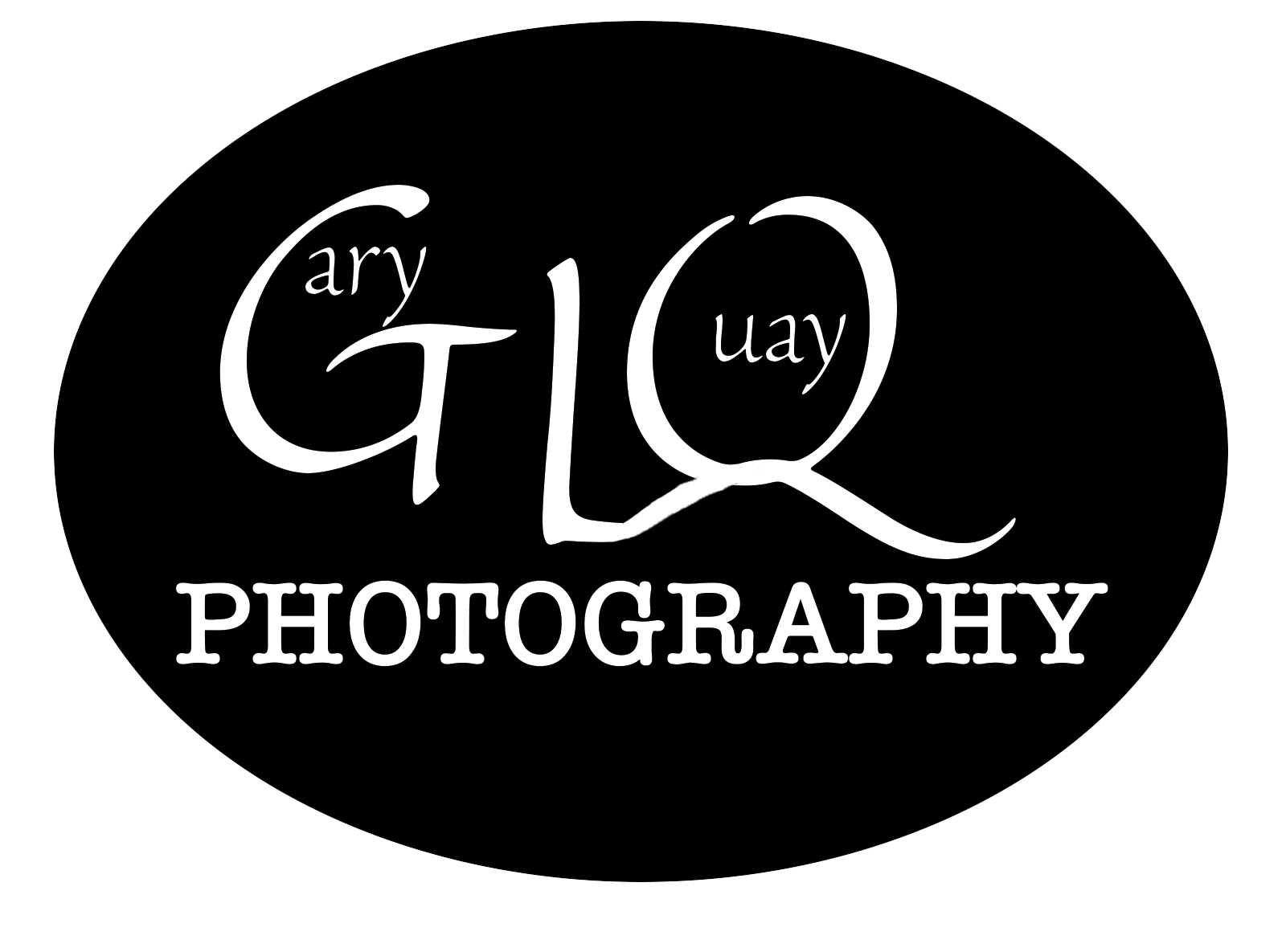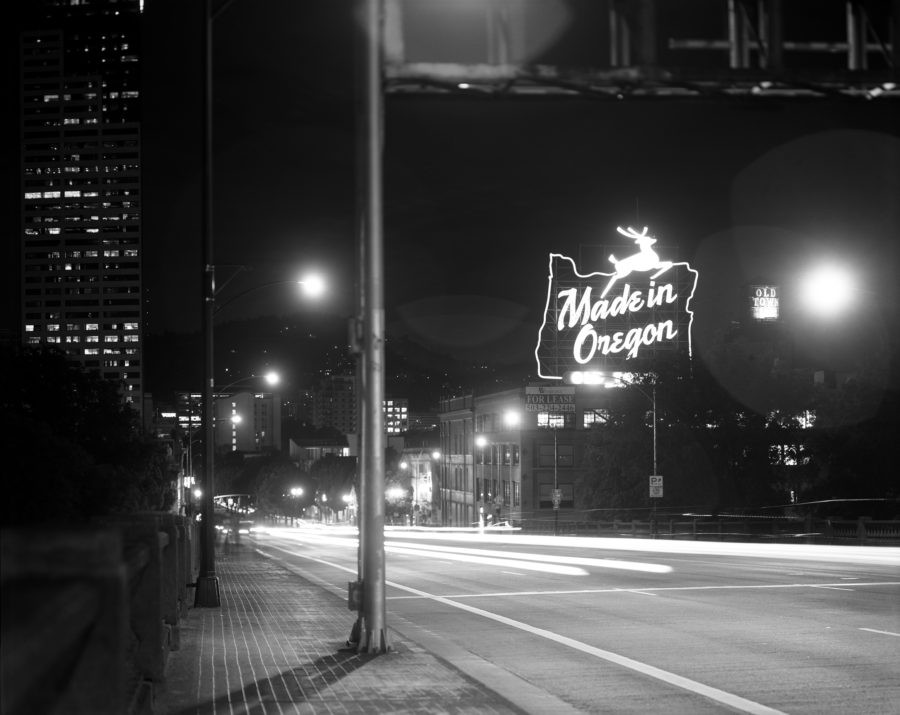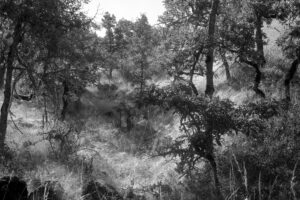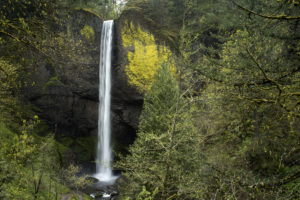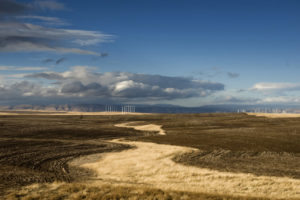When I first started posting my photos on Flickr in 2008, I had no idea what I was doing. I was a darkroom photographer trying to display my images on the internet with a race car computer and a horse-and-buggy monitor. I had a 2007 Mac Pro, which cost me so much that I couldn’t afford to replace my old CRT monitor. My pictures didn’t look so bad on that monitor, really. I started with Adobe Photoshop Elements, and then went to CS4, and used “Save for Web and Devices” before uploading to Flickr. The CRT monitor displayed them as slightly pixilated, but otherwise decent pictures.
Fast forward to late 2015. I upgraded to an iMac with a Retina display. I started to review my older Flickr images and was horrified. They looked awful. I couldn’t believe that anyone would have actually liked them. I began going through those images, and re-editing them to improve their contrast, and to remove the pixilation. It’s been a long, and tedious process, but it has been rewarding.
Why does this matter? I’m glad I asked. One of the things I discovered while re-editing was going down in contrast instead of going up. I have always used yellow and magenta filters in the darkroom while printing pictures, and some pictures proved impossible to print because of their extreme contrast ranges. It never occurred to me to include blue, which decreases contrast in both the printing phase as well as the capturing phase
Becoming and better digital presenter made me a better film photographer. Who’d a thunk it?


